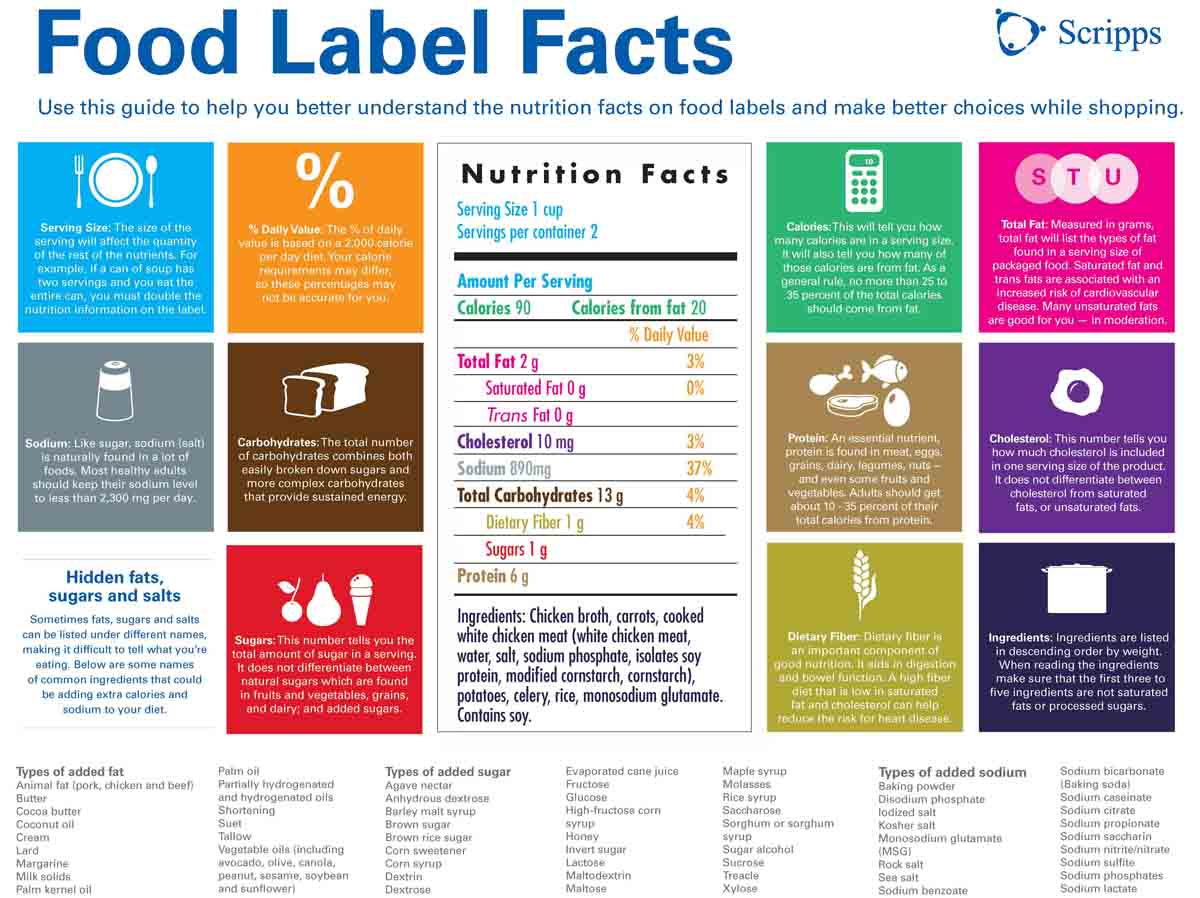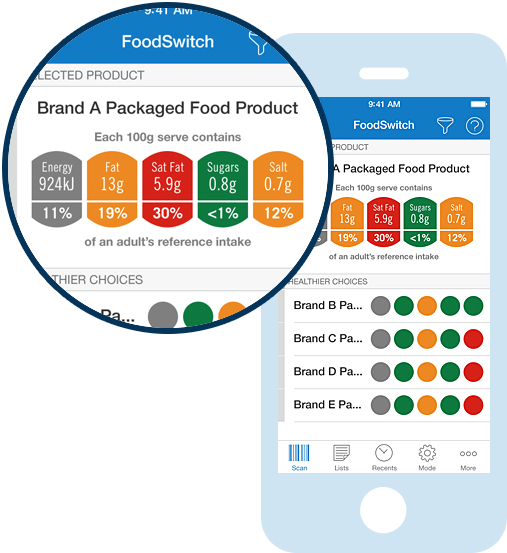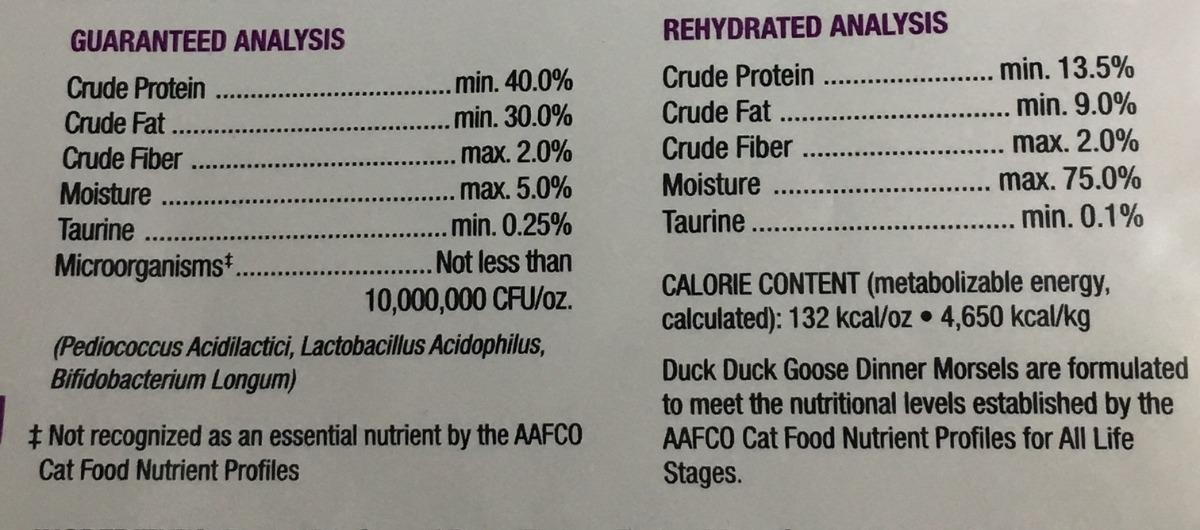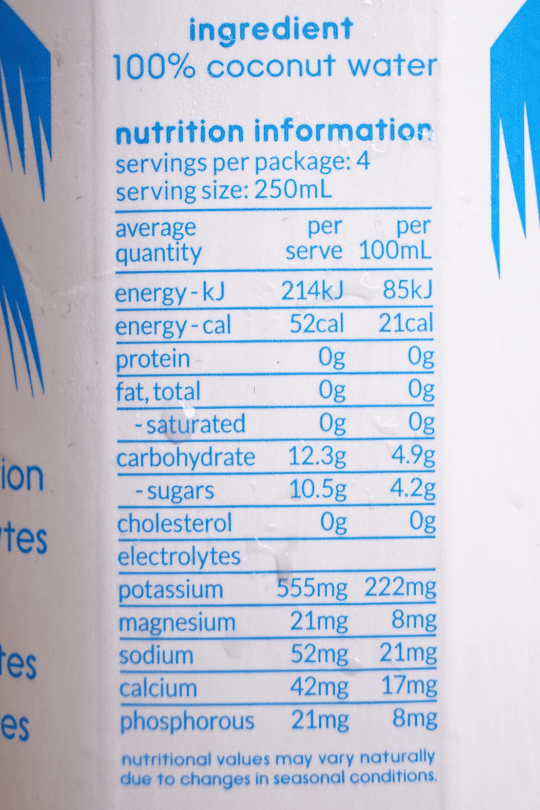43 understanding fat on nutrition labels
Nutrition Facts: How to Read Nutrition Labels - Greatist Here are some to look for: Calorie-free: Less than 5 calories per serving. Low calorie: 40 calories or less per serving. Reduced calorie/fat: At least 25 percent less calories/fat than the ... Reading and understanding the Nutrition Facts Label for health The Nutrition Facts Label is making changes that will be required by all manufacturers by Jan. 1, 2020; however, the majority of labels already adhere to these changes. Nutrition Facts Labels include nutrients we should limit such as fat, saturated fat, trans fats, cholesterol, sodium and added sugar. They also list nutrients important to ...
Understanding Nutritional Labels - Beaumont Health Understanding Nutritional Labels ... up. So, if your recommended daily value of fat is 50 grams and one serving of the food item in question has 25 grams of fat, the label should tell you the percent of daily value is 50%. How nutrition labels can guide food decisions. Knowledge about our food is power. And while nutrition labels can be ...

Understanding fat on nutrition labels
Understanding and Using the Nutrition Facts Label - FDA high in calories, saturated fat, added sugars, and/or added sugars, sodium, and/or saturated fat, or sodium (such as cakes, cookies, chips, and crackers). consume them less often. Understanding Food Nutrition Labels - American Heart Association 5 - Understand % Daily Value. The % Daily Value (DV) tells you the percentage of each nutrient in a single serving, in terms of the daily recommended amount. If you want to consume less of a nutrient (such as saturated fat or sodium), choose foods with a lower % DV (5 percent or less). If you want to consume more of a nutrient (such as fiber ... Understanding Food Nutrition Labels - American Heart Association Remember that the information shown in the label is based on a diet of 2,000 calories a day. You may need less or more than 2,000 calories depending upon your age, gender, activity level, and whether you're trying to lose, gain or maintain your weight. When the Nutrition Facts label says a food contains "0 g" of trans fat, but includes ...
Understanding fat on nutrition labels. Understanding Food Nutrition Labels | Sanford Fit Vitamin D, potassium, calcium, and iron are listed on the nutrition label as these are nutrients that can often be lacking in a child's food choices. Choose foods that are: Higher in dietary fiber, vitamin D, calcium, iron, and potassium. Lower in saturated fat, sodium, and added sugars. Sugar Content Sugars can be harder to understand. Interpreting Total Fat and Types of Fat on Food Labels - Nina Cherie ... Now, at the end of the day, since all high-fat foods tend to drive up calorie counts, it's typically recommended that you limit your intake of total fat to 25-35% of your daily calories. Of this amount, saturated fats and trans fats should comprise less than 7-10% and no more than 1%, respectively. At the very least, following these ... 20 Tips for Understanding Nutrition Labels | Eat This Not That Keep it Short. Shutterstock. We're talking about ingredients! Keeping the length of an ingredient list to as short as possible will usually make it less likely that you're eating nasty additives. Again, this tip is just a general guide, as some snack bars or nut mixes will contain many good-for-you ingredients. 5. Understanding Nutrition Labels and Information Here is a guide to understanding what those nutritional claims mean: Low Calorie: Less than 40 calories per serving. Calorie Free: Less than 5 calories per serving. Fat-Free: Less than 0.5 grams of fat per serving. Sugar-Free: Less than 0.5 grams of sugar per serving. High Fiber: 5 grams or more of fiber per serving.
How to Read Nutrition Facts Label - Food Network Bottom line: When looking at the fat breakdown of the food, aim for those with no trans fat, a minimal amount of saturated fat, and more mono- and poly-unsaturated fats to promote heart health. Sodium Food Labels: Fat & Cholesterol | Home & Garden Information Center The 2015 Dietary Guidelines for Americans recommends the following intakes of fat and cholesterol every day: total fat—20 to 35% of calories, depending on age and gender (65 grams for the 2,000-calorie intake level used in the Daily Value)*. saturated fat—less than 10% of calories**. trans fat— keep as low as possible. How to Read the Nutrition Facts Label on Packaged Foods Sodium. Many people get far too much salt, or sodium. Most of it is in packaged foods and restaurant items. Limit salt to 2,300 milligrams (about 1 teaspoon) daily. If you have high blood pressure ... 6 Steps to Decode & Understand a Nutrition Facts Label Look at the % daily values (%DV) If you look at the right column of a nutrition label you will notice % Daily Values (%DV). These percentages tell you how much of that certain nutrient meets your total daily requirements. These are based on a 2,000 calorie diet. For instance, if the label states that fat provides 20% DV then it means that food ...
How to Understand and Use the Nutrition Facts Label | FDA It's important to realize that all the nutrient amounts shown on the label, including the number of calories, refer to the size of the serving. Pay attention to the serving size, especially how ... Get the Facts! Steps to Reading and Understanding Nutrition Facts Labels Compare the amount of fat, saturated fat, cholesterol and sodium to the total amount recommended (see the % Daily Value). Try to minimize trans fat in your diet. Eating too much of these may increase your risk of developing chronic diseases. Eating too much saturated fat and/or trans fat, for example, may increase your risk of heart disease. Understanding Food Nutrition Labels | American Heart Association Remember that the information shown in the label is based on a diet of 2,000 calories a day. You may need less or more than 2,000 calories depending upon your age, gender, activity level, and whether you're trying to lose, gain or maintain your weight. When the Nutrition Facts label says a food contains "0 g" of trans fat, but includes ... Understanding Food Nutrition Labels | EmPOWERED To Serve 5 - Understand % Daily Value. The % Daily Value (DV) tells you the percentage of each nutrient in a single serving, in terms of the daily recommended amount. If you want to consume less of a nutrient (such as saturated fat or sodium), choose foods with a lower % DV (5 percent or less). If you want to consume more of a nutrient (such as fiber ...
Understanding the Essentials: How to Read Nutrition Fact Labels Follow the Percentage Daily Value. Return to the previous point made about most consumers adhering to a 2,000 calories per-day diet, the percentages that you see on nutrition labels are calculated using that number as a total. Percentages are indicated on the far right of the label, next to each nutritional statistic. For example: Calories: X.
How to read nutrition labels | safefood Some labels use colour coding to show at a glance if a food is high, medium or low in fat, saturated fat, sugar and salt. Low (green) - the best choice Medium (amber) - okay most of the time High (red) - only choose occasionally. If the label isn't colour coded, use our label decoder as a guide.
Fat Content on Food Labels - Reading Between the Lines The Mayo Foundation continued, "Still, you may be able to tell if a product contains trans fat, even if it's not directly listed on the food label. Look for the words ' hydrogenated ' or 'partially hydrogenated' in the list of ingredients. These terms indicate that the product contains trans fat. However, you won't be able to tell ...
Understanding Food Labels | The Nutrition Source | Harvard T.H. Chan ... These statements describe the nutrients in a food beyond what is listed on the Nutrition Facts label, intended to showcase a health benefit of the food. An example is "Contains 100% Vitamin C.". Most terms like "low sodium," "high fiber," "reduced fat," and "good source of" are regulated by the FDA, and the nutrient amounts ...

Understanding food nutrition labels! | ePosts Newspaper - find and browse through varies useful ...
Food Labels | CDC Understanding the Nutrition Facts label on food items can help you make healthier choices. The label breaks down the amount of calories, carbs, fat, fiber, protein, and vitamins per serving of the food, making it easier to compare the nutrition of similar products. Be sure to look at different brands of the same foods—nutrition information ...
How to Read Nutrition Labels: Fat Content, Carbs & What To Look For Total Fat. Nutrition labels are required to include total fat, saturated fat, and trans fat. The total amount of fat in the diet is a percentage of your calorie needs. The recommendation for the typical American diet is around 30%. For someone taking in 2,000 calories, this would mean around 70 grams of total fat per day.
Understanding the Nutrition Facts Label - Know Diabetes by Heart For individuals on an insulin to carb ratio—you can use the Nutrition Facts label to help you add up the total grams of carbohydrates you are eating, then divide by the ratio. For example, let's take this label once again. If you are eating 2/3 of a cup of this product, it would be 37 grams of carbs. Let's say you were also going to have ...
How to Read Nutrition Facts Labels the Right Way - GoodRx Nutrition Facts labels provide useful information for making better food choices, but they aren't always straightforward. ... Understanding how to read a Nutrition Facts label is an important skill when it comes to eating healthfully. ... Nutrition Facts labels are required to list the total fat, saturated fat, and trans fats on packaged food ...




Post a Comment for "43 understanding fat on nutrition labels"